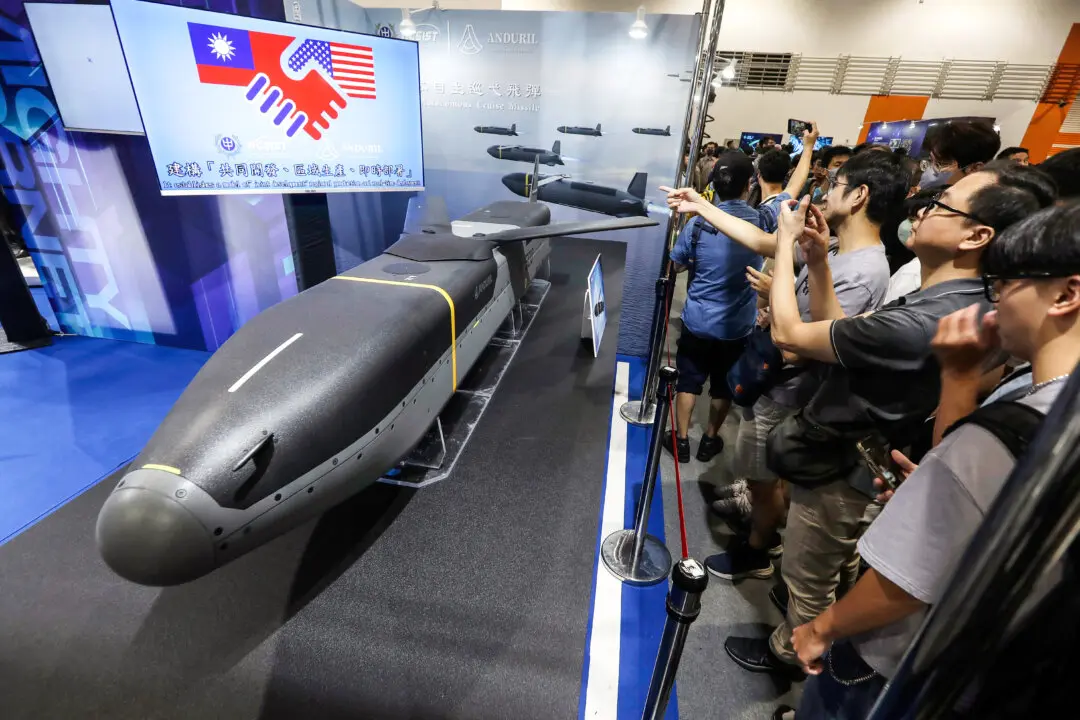Some British Ford drivers will become the first in Europe to have their cars driving themselves as long as they watch the road ahead.
The U.S. automaker on Thursday said the UK’s Department for Transport has approved the use of its “hands-off, eyes-on” driving technology, named BlueCruise, on 2,300 miles (3,700 kms) of pre-mapped motorways in England, Scotland, and Wales that are designated as “Blue Zones.”





